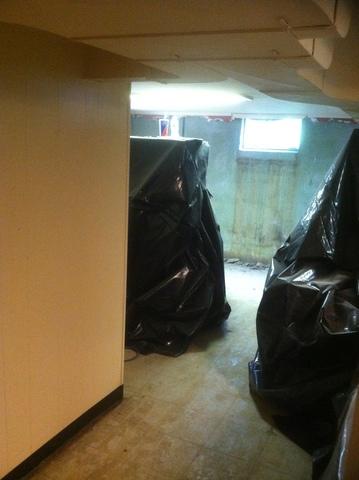
My basement is wet, do I need to move everything before you fix it?
When preparing for your wet basement repair estimate, we recommend creating a walkway around the interior perimeter of your basement so that the waterproofing design specialist can thoroughly examine your basement walls, the seam between the walls and floor, and the window wells. This will enable him to give you the best pricing and the best solution because he can accurately determine the problem and the measurements needed to repair the problem. Before your installation team arrives, it is necessary to move your belongings to the center of the basement area in order to ensure that the crew can install the system properly, but in most cases, you should not need to haul everything out the basement. Our installation team will take care of your belongs and will wrap everything in plastic to protect it as much as possible from concrete dust. When you have a wet basement, it makes storage a real problem. If your basement is flooding, you will want to sort through your stored items to check for ruined ones. But, that is a whole different question.

Where is basement waterproofing installed?
Here at Healthy Spaces, we install interior basement waterproofing systems that have been custom designed for your individual home with your goals in mind. Most of our clients have full perimeter french drain-like systems installed using our product Waterguard. Waterguard is installed along the interior perimeter of your basement, right at the joint between the basement wall and the basement slab. Our installation team jack hammers out a trench to expose the foundation footer, removes the debris, and set the Waterguard trenches directly onto the foundation footer. This installation method keeps the system from sitting in the dirt and clogging up over time. It also allows dirt to fall back out preventing issues with loss of fill soils.
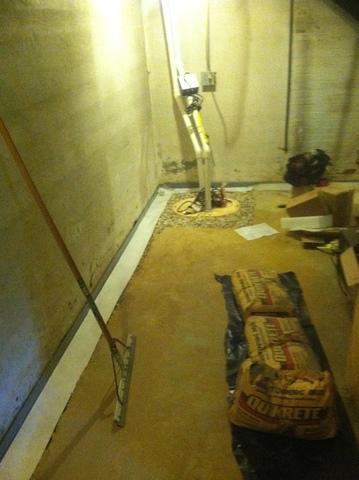
How much does a Basement Waterproofing system Cost?
This is the primary question that we're asked here at Healthy Spaces. The quick answer is less than you may think! Each and every system that we install is custom designed to your basement and your goals. That means that we can create a design that will meet with your budget and your plans for your basement. Here's how we go about getting you an exact price: we set a free estimate appointment, where you can meet with and discuss your plans and budget with the Design Specialist. You will see him take measures and be able to ask any questions you have. The Design Specialist will give you a written, signed, and dated contract that you can keep. It clearly lists the full price, the deposit, and payment structures. We also offer amazing financing, we even have 6 months same as cash if you want to take advantage of that!

What do I do to reduce my mold risk with a damp basement?
The very best way to reduce your risk of a moldy basement is to have a dry basement. That means installing a waterproofing system, minimizing the impact of plumbing leaks, and reducing the overall relative humidity. In some cases, it will take all three processes in order to reduce mold risk. It's especially true here in Evansville because we do have an outdoor humidity that increases our indoor relative humidity. We recommend looking for a quality dehumidifier and offer the SaniDry upright dehumidifier, which is EnergyStar rated and is a dehumidifying powerhouse!
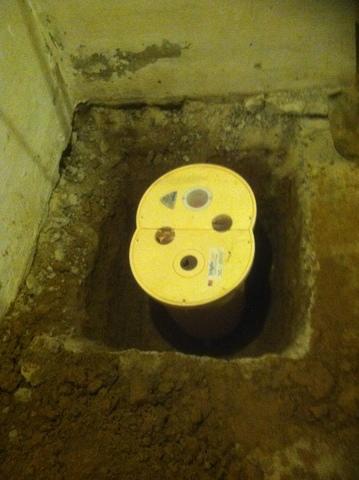
What kind of sump pump do I need in my wet basement?
Sump pump systems are the real heart of an effective waterproofing system. You need a reliable, powerful pump that deals with daily moisture concerns and step it up when there's excess water present--like during a big storm or a sudden plumbing leak. The best pumps out there are made by Zoeller and we're proud to install their amazing TripleSafe Sump Pump. It has 3 pumps inside! The first pump is set low in the basket and is made for daily use. If that pump stops working or becomes overwhelmed, there is a second pump that kicks on to turn up the pumping powering! Each pump is on its own discharge line, so you basically get two pumps in one unit! Finally, there is a third pump that is battery powered. If the power goes out, this TripleSafe system will be able to pump out basement water! Finally, there is also a WaterWatch Alarm that will notify you if there is a power failure or pump failure!
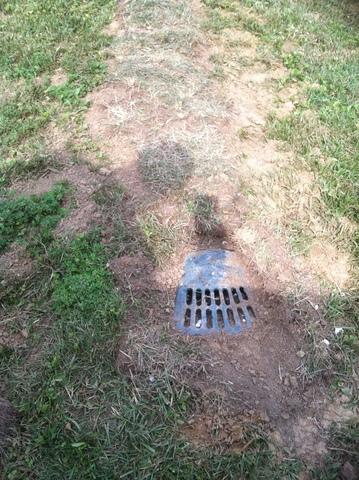
Where does the water in my drainage system go?
This is a great question! The last thing that you want is to spend the time and money to have a waterproofing system installed in your basement only to figure out that the pump isn't sending the water far enough away from your house! Healthy Spaces installs rigid, extra long discharge lines that will not crush, bend, or break and those lines are taken far away from your foundation wall to insure that the water does not flow back into your basement. We put the discharge line exit downgrade from your basement and then cover that discharge line end point with a LawnScape cover. This cover allows the water out, but also keeps you from tripping in a hole, or a hole becoming clogged or overgrown.
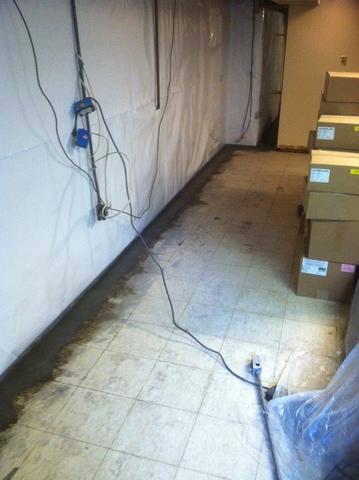
Can I finish a wet basement?
Let's face it, you CAN finish a wet basement, but the better question to ask is SHOULD I finish a wet basement. Quite frankly, you can spend thousands of dollars finishing a leaking or wet basement only to have it flood again and again and again. You would end up paying those thousands over and over. That's usually referred to as a money pit and no one wants to do that. Your best solution is to resolve your wet basement issues with a basement waterproofing system, then you can finish your basement once with inorganic material so that mold cannot grow on it and not have to complete mold remediation and repairs all the time!
